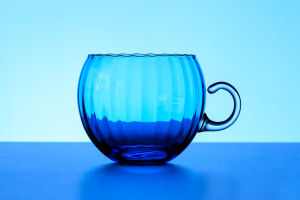Holiday balloons are a common decorative item in many celebrations, visible on almost every festive occasion. Balloons add color to the atmosphere, whether it's a birthday party, wedding celebration, or holiday decor.
Though they may seem simple, the science, history, and cultural stories behind balloons are surprisingly rich. From material selection to inflation methods, and even environmental concerns, the world of balloons is far more complex than it seems.
1. Materials
Modern balloons are primarily made from two materials: latex and foil. The most common type is latex balloons, which are typically made from natural rubber, which provides high elasticity.
Rubber comes from the sap of rubber trees and is processed in such a way that it has good stretchability and airtightness. When air or helium is pumped into a latex balloon, the rubber expands with the gas pressure, but its surface tension helps the balloon maintain its shape.
On the other hand, foil balloons are made from a layer of plastic and metallic foil, offering higher airtightness. These balloons are usually smooth on the surface and can be printed with complex patterns and text, making them widely used for customized holiday decorations.
Compared to latex balloons, foil balloons have the advantage of retaining their inflation for a longer period, making them less prone to leaking or deforming, which is why they are often seen in special events like weddings and festivals.
Different Types of Balloons | Balloons for all occasions | Birthday | Anniversary | Welcome
Video by Riah Party Supplies
2. History
The history of balloons can be traced back to the 19th century. British chemist Michael Faraday invented the first rubber balloon in 1824, who glued sheets of rubber together to create an inflatable container. Initially, balloons were mainly used for scientific experiments to study the properties of gases.
As industrialization progressed and technology improved, balloons gradually became more commercialized and accessible to the public. By the 20th century, balloons had become a symbol of festivals, parties, and celebrations. The invention of foil balloons is a more modern development.
3. Environmental Solutions
Many manufacturers have started developing more eco-friendly options to address the environmental impact of balloons. Biodegradable balloons are one such solution, usually made from natural rubber or other biodegradable materials that can decompose in a relatively short time.
Additionally, some balloon manufacturers are promoting "green releases," encouraging people to use balloons indoors or to responsibly recycle and dispose of them after use, rather than releasing them into the environment.
4. Cultural and Emotional Significance
Balloons are not just simple decorations; they carry profound cultural and emotional meanings. During holiday seasons, people use balloons to decorate rooms and celebrate special moments. Balloons symbolize joy, lightness, and hope. Their soft, colorful, and floating image often evokes thoughts of dreams and freedom.
Holiday balloons are more than just small items at parties; they are imbued with a rich history and scientific principles, closely linked to modern environmental awareness. In future celebrations, we can continue to enjoy the joy that balloons bring while making greener choices to protect our environment and our planet.


